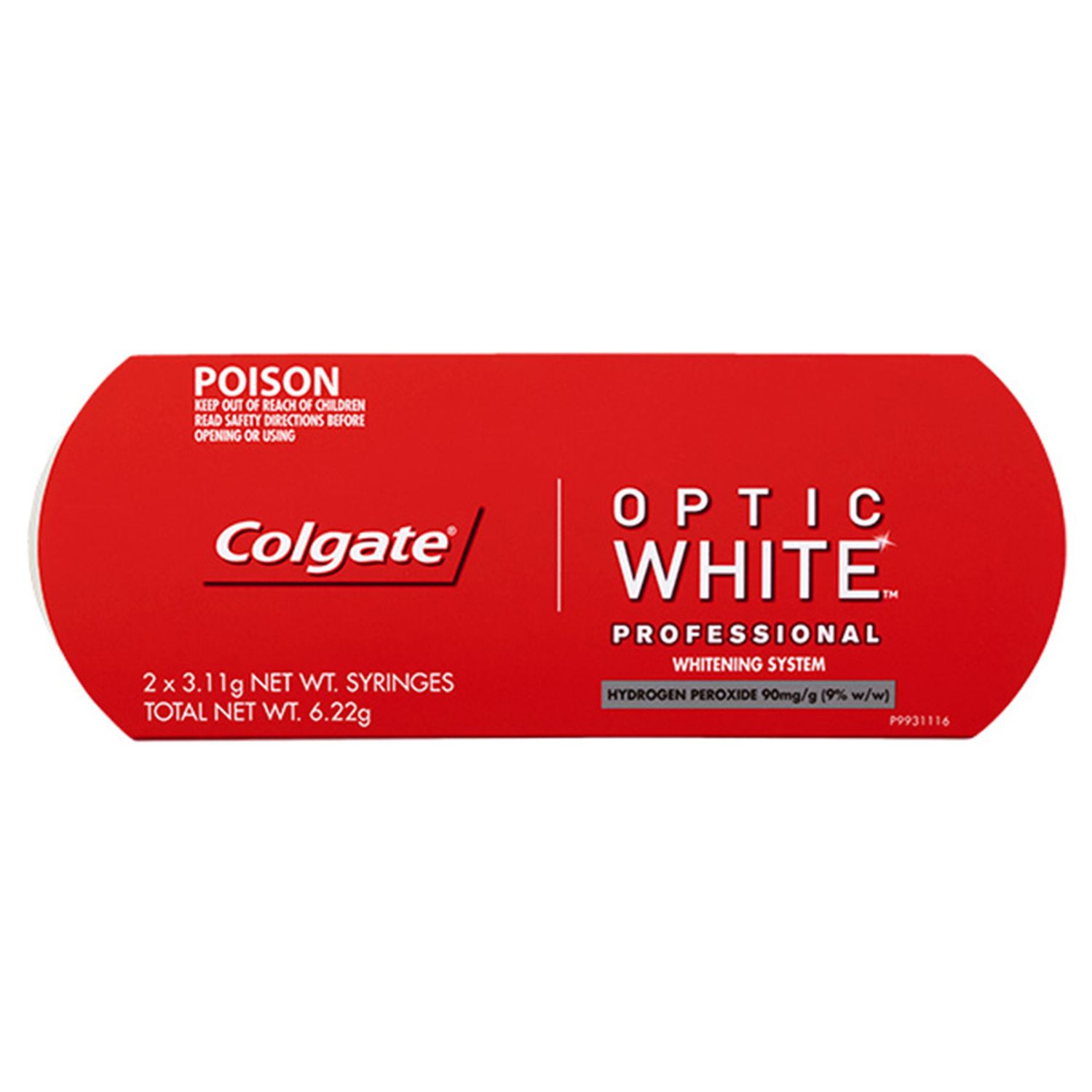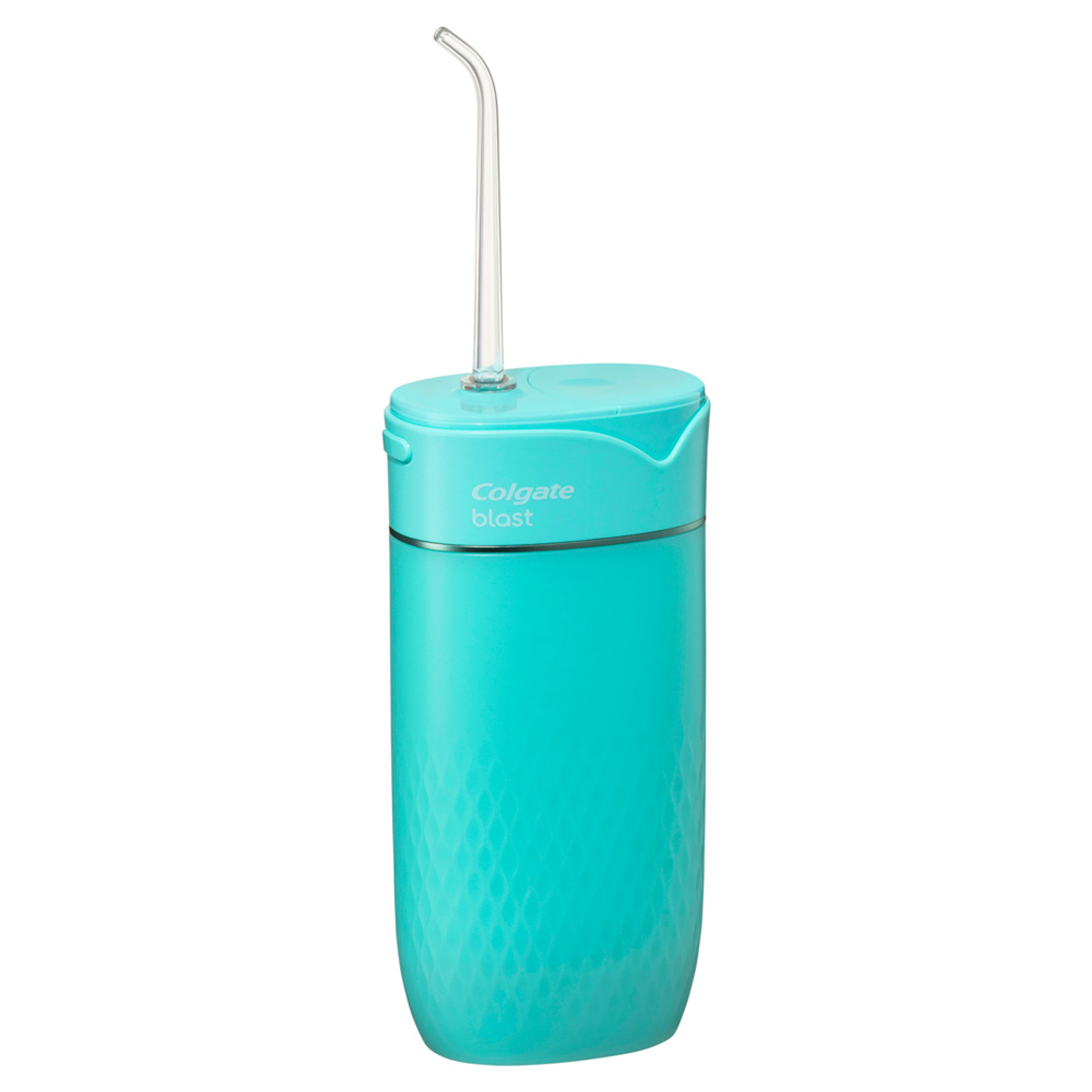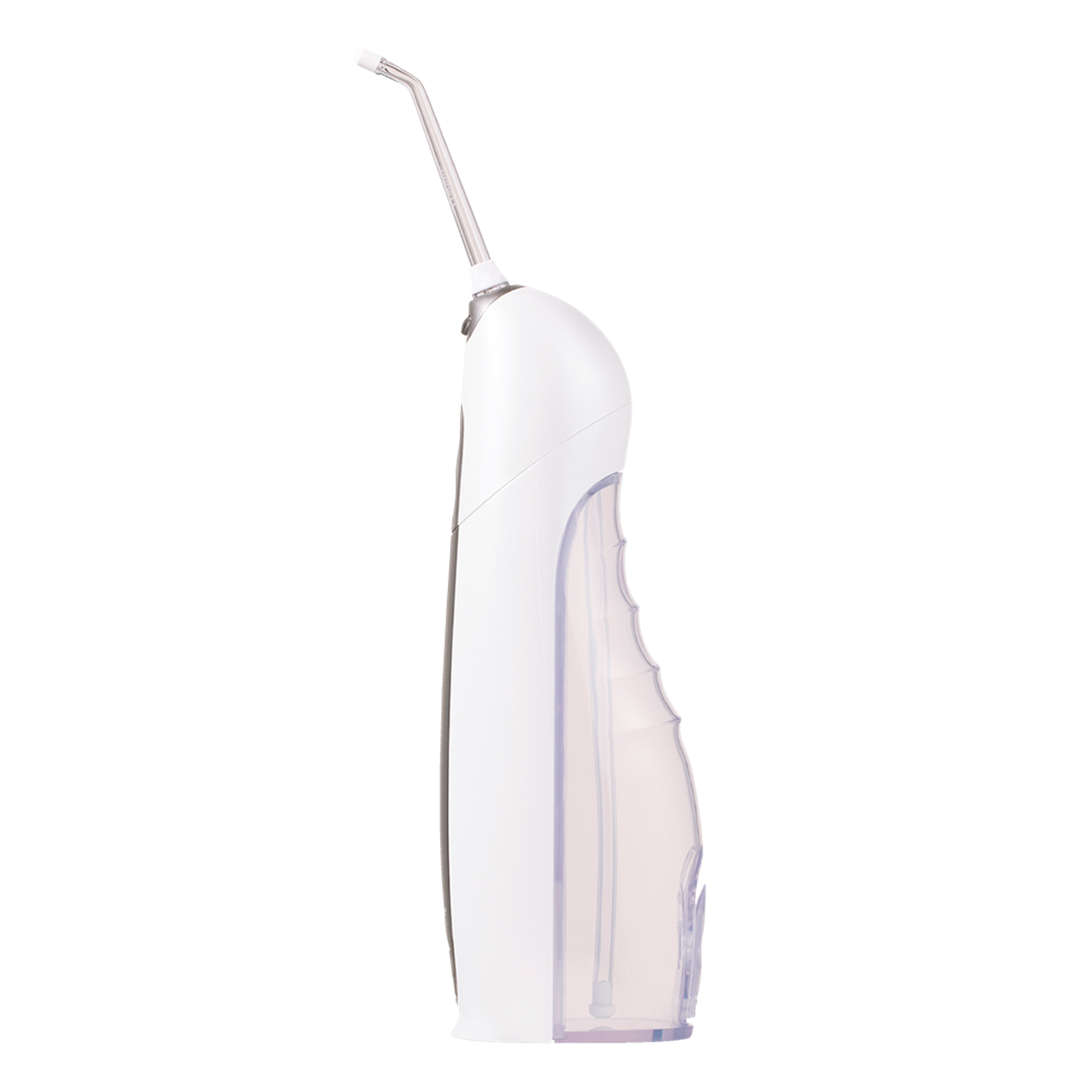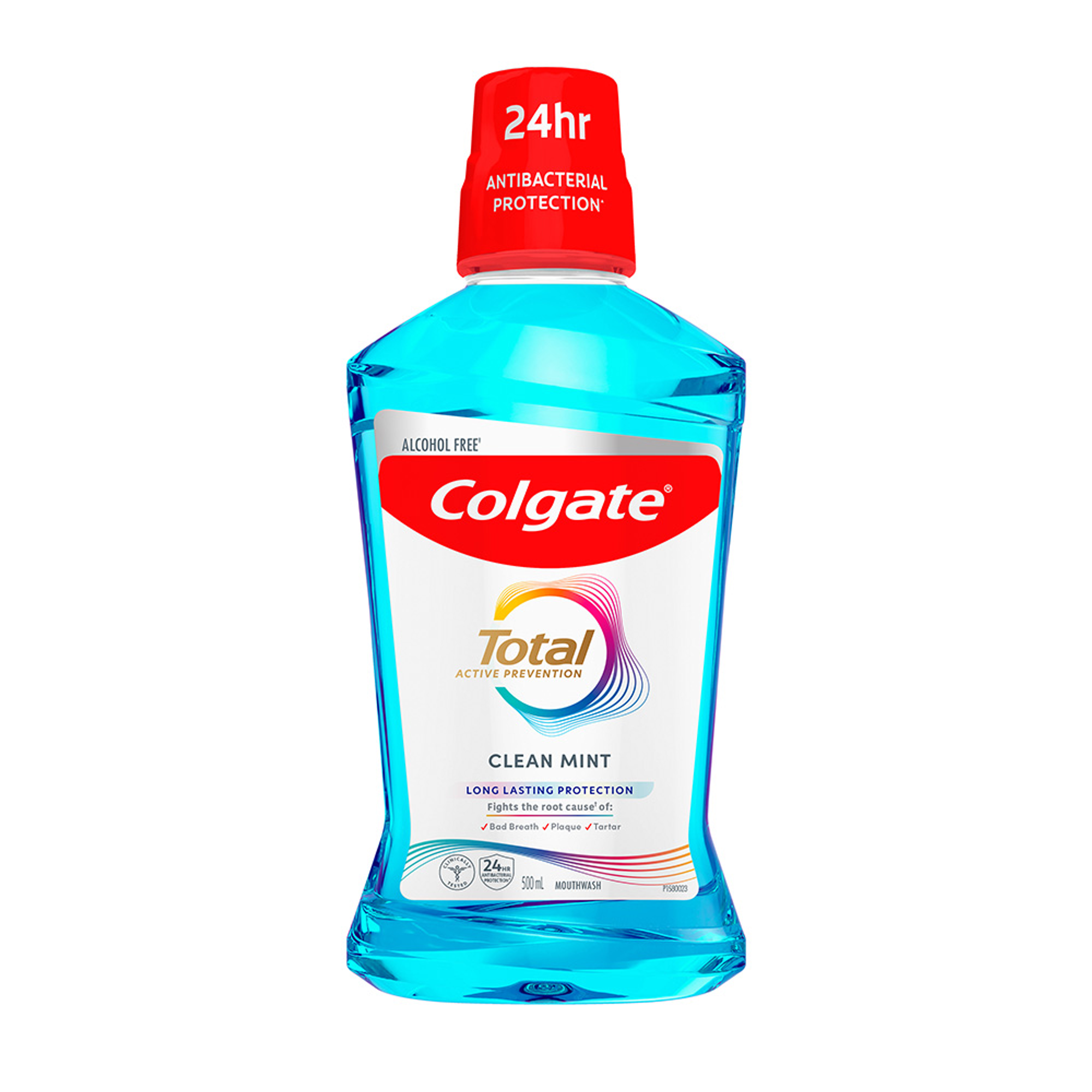
As dental practitioners, we commonly face the question, what toothpaste should I use? It's tricky out there for consumers with the vast number of pastes available on the market these days; you have no doubt seen people standing in the supermarket aisle staring blankly at the oral health products available.
Consumers also seem to be becoming more invested in the ingredients within their health and beauty products, with many wanting to use a product with ‘natural’ ingredients. It is great that consumers are taking an interest in the products they use to care for their health, except where the toothpaste they choose may not contain ingredients known to mitigate the risk of tooth decay, i.e., fluoride. If people choose to not use toothpaste containing fluoride, it is important that they understand the risks this can pose to their oral health, particularly if other caries-contributing factors, such as free sugar intake, are not controlled. Unfortunately, some brands use marketing tactics to sway consumers to choose fluoride-free products by marketing their ingredients as ‘safer’ alternatives, despite fluoride being proven safe when used appropriately. The sale of fluoride-free toothpastes is on the rise, and this is something to be aware of amongst the dental profession.
Toothpastes may include sodium fluoride, sodium monofluorophosphate, and stannous fluoride with the fluoride concentration labelled as parts per million or weight per volume, or not declared at all, on the tube. Since there is a variation in the labelling of pastes, it is important to be clear with patients when making toothpaste recommendations based on fluoride content. It may not be enough to just casually say, ‘make sure your toothpaste has *this amount* of fluoride’, patients may become confused when they take your advice, but then look to compare products, potentially in search of a lower priced product. You may need to be quite specific in your recommendation.
When enquiring about toothpaste, some patients may have concerns about abrasivity, especially if they have done research online and come across the table of toothpastes and their respective relative dentine abrasivity (RDA), created by the American Dental Association. This can certainly cause concern for a consumer looking at the table and seeing that their toothpaste is sitting at the higher end of the scale. However, it is important to understand the context of this scale; it was developed by the American Dental Association who advise that RDA is used by [dental] industry, researchers, or standards organisations to develop new products or to conduct quality control. It should not be used to rank the safety of dentifrices.
It is important to not label ingredients as ‘good’ or ‘bad’ for patients but acknowledge that there are some ingredients that have the ability, for example, to cause mucosal hypersensitivity or irritation. Sodium lauryl sulphate (SLS) , a common surfactant, is added to generate foam during brushing, which helps to wet the tooth surface, disperse the product in the mouth and loosen debris and plaque. However, SLS is a known irritant and has allergenic potential, although a reaction is rare. As a dental practitioner, it is great to know of some SLS-free toothpastes to be able to provide as suggestions to patients.
As well as an interest in ingredients, the ability to recycle household products is of importance to some consumers, with this possibly set to increase as we continue to take focus on environmental issues such as climate change. Although recyclable products are only part of sustainability, it can no doubt influence consumer purchases. Excitingly, Colgate-Palmolive released a range of toothpastes with recyclable tubes in 2021.. These are the first of their kind! Additionally, Colgate is sharing this technology with all other companies - they believe it's that important. They state "it is not about us, it’s about something bigger. By sharing our technology hopefully we can initiate a global shift to recyclable toothpaste tubes. Our dream is to have all tubes (not just toothpaste) be recycled in practice and at scale”.
For non-recyclable toothpaste tubes, TerraCycle has a recycling program in Australia where consumers can drop off used dental products at specified locations. TerraCycle recycles these products to create items such as play equipment and park benches; this program is supported by Colgate-Palmolive.
This is only a taste of what there is to know about toothpastes.
For consumers looking for information on toothpaste ingredients and their purposes, an article, Understanding toothpaste can be found on the Australian Dental Association’s new consumer oral health website, teeth.org.au. This has been written to provide consumers with information to help them understand the purpose of different ingredients, and is a great resource to refer patients to.
Dr Mikaela Chinotti, BDS, MPH, is a practicing general dentist, having graduated as part of the inaugural dentistry cohort from James Cook University (JCU) in 2013. Mikaela returned to her alma mater completing a Masters in Public Health, majoring in health promotion. Mikaela works at the Australian Dental Association (ADA) as the Oral Health Promoter. Her passions lie in minimal intervention dentistry, health promotion and health education as well as the provision of ethical and equal oral health care for all Australians. Mikaela is an inaugural member of Colgate’s Advocates for Oral Health: Editorial Community; becoming a member due to her strong interest in mentorship, education and promoting good oral health.
Join us
Get resources, products and helpful information to give your patients a healthier future.
Join us
Get resources, products and helpful information to give your patients a healthier future.











